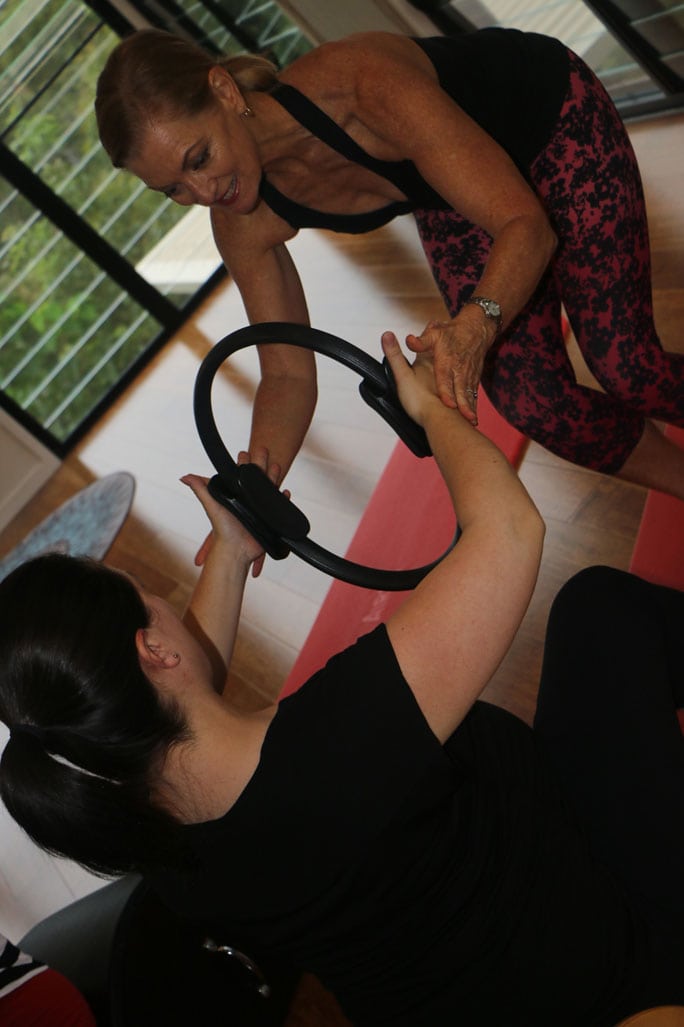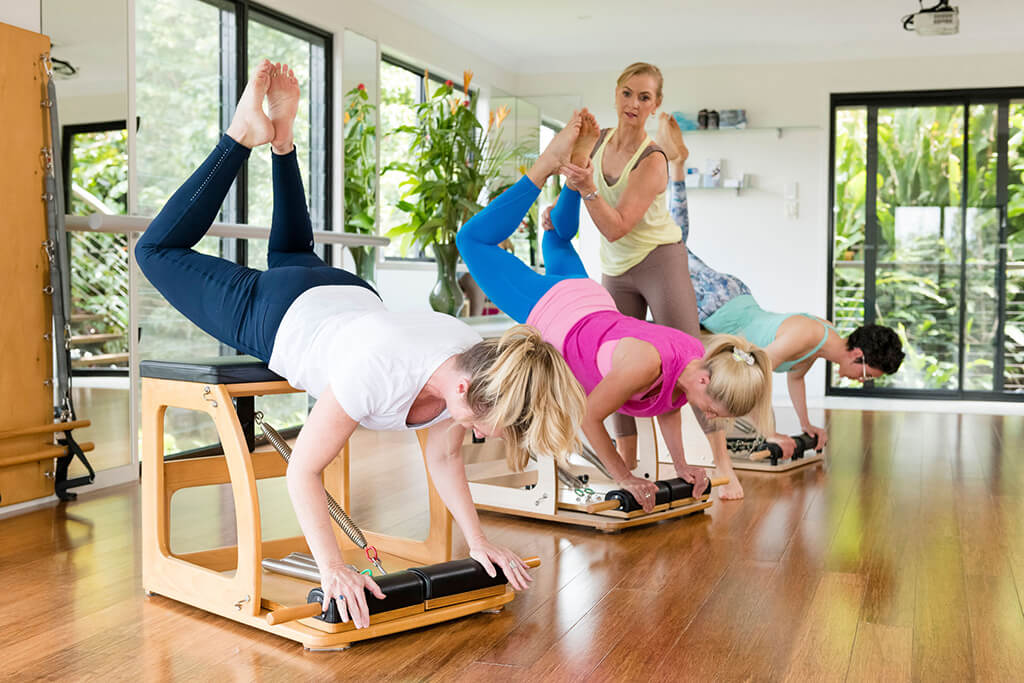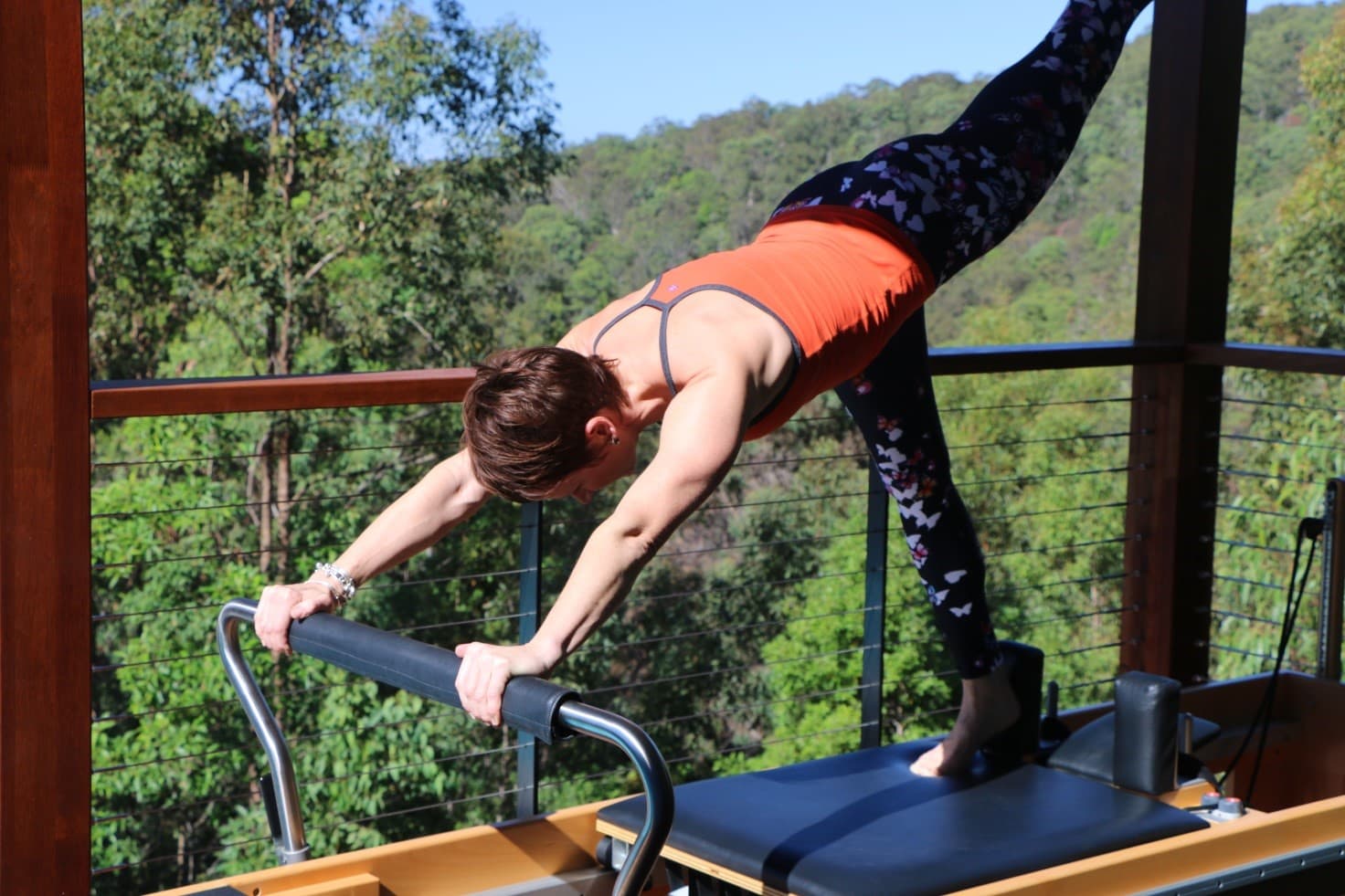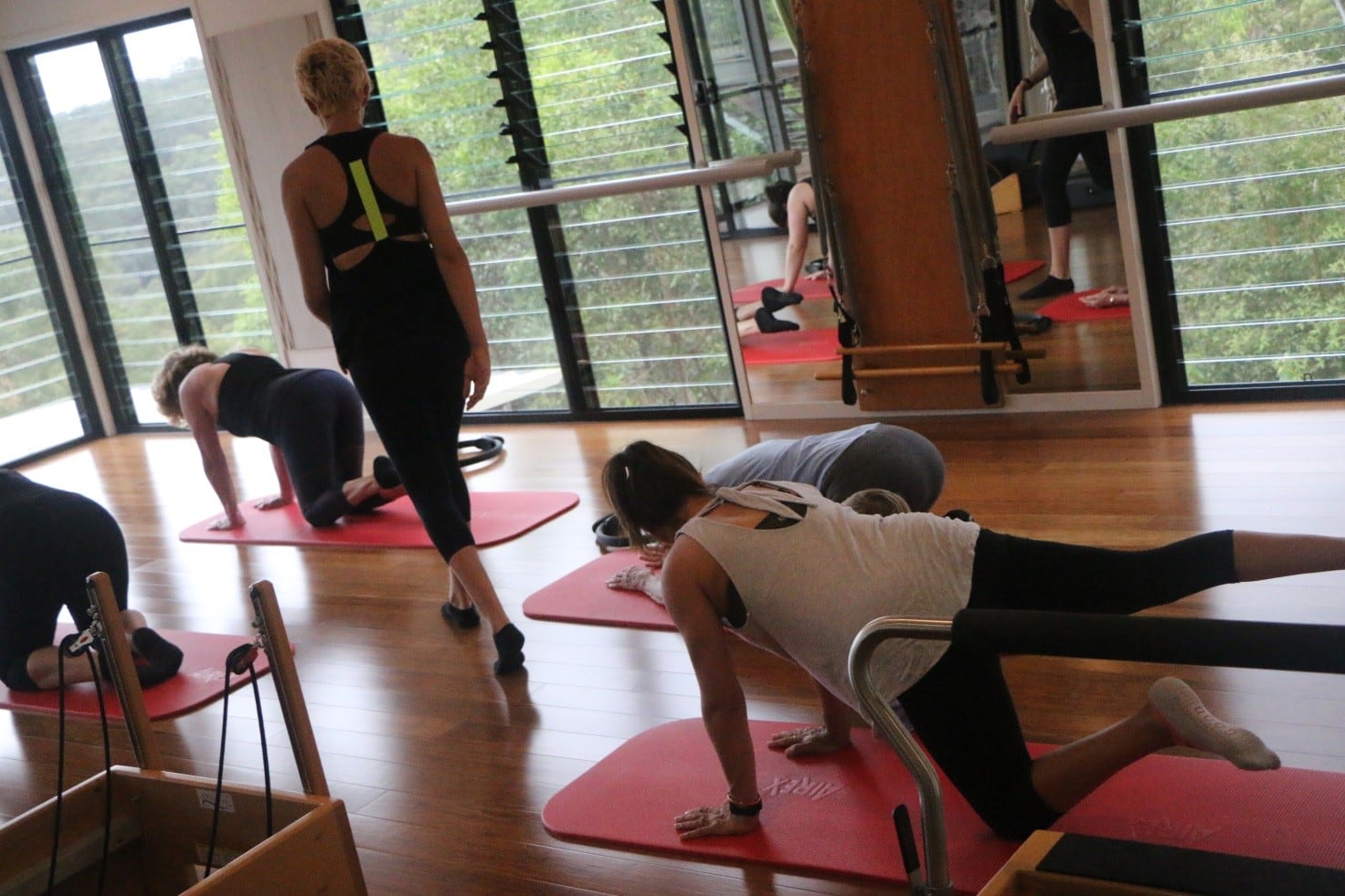
How to get Certified in Pilates?
Posted on June 23, 2019 by adminThe road to becoming a certified Pilates instructor is fairly straightforward-but you must first decide what Pilates can do for you. Pilates is a fantastic practice and an excellent career choice, with flexible work hours, vibrant studios and a generally fun atmosphere, it can be a welcome change from the arduous and inflexible ‘nine to five’!
To start with, there are many different types of Pilates instructors- with varying types of certifications from a wide range and quality of training organisations. With all the options available, it can be difficult to understand for someone outside the industry so here is our attempt to break them down:
Group Reformer: This is generally considered the baseline qualification within the Pilates industry. The teacher training is generally quite short and usually costs less in comparison to the more in-depth courses which we will describe later. The Group Reformer classes are generally high energy and fitness-based with groups of 5+ reformers in a room and with one generalised program for the instructor to oversee. If you don’t have time or money for the longer qualifications and wish to start working ASAP, then this is the fastest way to gain the skills needed for this sort of employment. The ‘downside’ to this choice of a training program, however, is that instructors who are only trained in Group Reformer Pilates are more plentiful, so there may be greater competition for a position, and some of the finer details of the Pilates Method may be not be included in the shorter course curriculum.
Certificate IV: Widely considered to be the appropriate starting point and introduction to Pilates, the Certificate IV covers topics such as; Pilates mat work, the fundamentals of the Pilates Method as devised by Joseph Pilates and this course will usually also include ‘small’ apparatus such as Magic Circle, Foam Roller and all manner of Balls and bands. This qualification provides the skills and knowledge necessary to teach group mat classes and provide clients with rehabilitation for some pathologies, depending upon the depth of the material covered in the course. Generally a Certificate IV level course will take slightly longer than a Group Reformer Instructor training course and as a Certificate IV graduate, you will be eligible for membership with a Pilates Professional Association, and by extension, eligible to hold the necessary public insurances required for working with clients. Starting a business as a Mat Pilates Instructor can also be a cost effective way to limit the initial capital outlay costs to mats and apparatus which are a fraction of the cost of the Reformer, Wunda Chair and other larger pieces of Pilates equipment.
Diploma: This qualification contains a greater range of skills and knowledge- covering the full range of Pilates equipment as well as going into greater depth on teaching methodologies, client pathologies and conditions and session design. The possibilities of gaining employment also are increased due to the greater range of services that graduates can offer to potential employers. Although a Diploma-level course is more in depth, longer and more expensive, the investment in a Diploma is more likely to provide a favourable fiscal return on investment over the longer term.
An Integrated Diploma-level course will cover all the content Certificate IV qualification as well as the Diploma material- teaching all aspects of the Pilates Method and related equipment, history and applications. A Qualification like the 11053NAT provides an depth anatomy and pathology knowledge and includes a Unit of Competency on pre and postnatal care. With this qualification, graduates can expect to work within a specialist Pilate Studio, gain the necessary skills to starting a business and/or be ready to work alongside a Physiotherapist or another Allied Health practitioner in the Clinical Pilates setting.
Deciding what qualification is right for you is the first step, the second is to choose the organisation to provide the course. There are a number of options available throughout Australia, and we recommend that you a few criteria:
- Is the training Government Accredited? A Government Accredited qualification is generally much more valuable than an ‘unregulated’ one.
- Will the amount of practical hours taught in the course provide the necessary required number of hours for membership in a Professional Association? Some courses fall short of meeting the standards which have been set by the Professional Association(s) of the Pilates, Exercise and Fitness industries. It is important to check this before enrolling. Also professional association membership is often a requirement when applying for a job or to be covered by insurance.
- How much face to face learning does the course include within its curriculum? While some aspects of the Pilates method can be delivered via manuals and instructional videos, these should be companions to a generous amount of hands-on, practical learning to ensure that you as the instructor have the confidence required to pass on the teachings to your clients.
Adding these three points to your checklist for the perfect Pilates Qualification will help you to considerably narrow the search and should provide you with the best opportunity available to explore all your options before deciding how you would like to embark on you budding Pilates career.
Latest Blog Post

How To Become a Pilates Teacher in Australia: Your Ultimate Guide
Looking at A Career In Pilates Teaching? So, you love pilates and would like to become a qualified pilates teacher? Let’s help you get started as it can be quite confusing with all the options available. With the right guidance and qualifications tou can turn your passion into a rewarding career as a pilates …
Continue reading “How To Become a Pilates Teacher in Australia: Your Ultimate Guide”

Pilates for runners
Running is popular and accessible form of exercise for many people of all ages. However, runners can be at risk injury due to poor technique and therefore prone to developing pain or discomfort as a result of muscle imbalance or uneven gait cycles. Due to the high impact nature of running, preexisting injuries, weaknesses, imbalances, …

Benefits of mat Pilates
Pilates can promote better general fitness through improved strength and endurance, balance, flexibility, and posture- all preparing the body to be better able to engage in tasks of day-to-day life. Pilates is also an effective method for managing or improving functional limitations resulting from injury, surgery, or existing pathologies. Pilates provides a well-balanced approach to …


